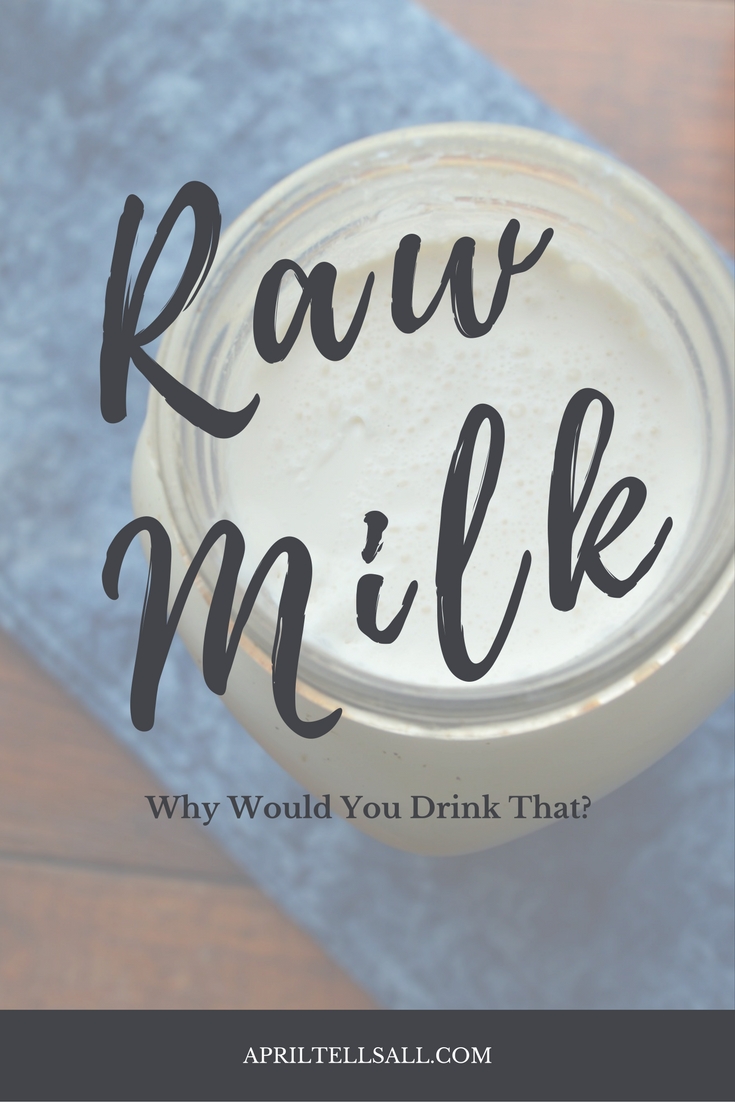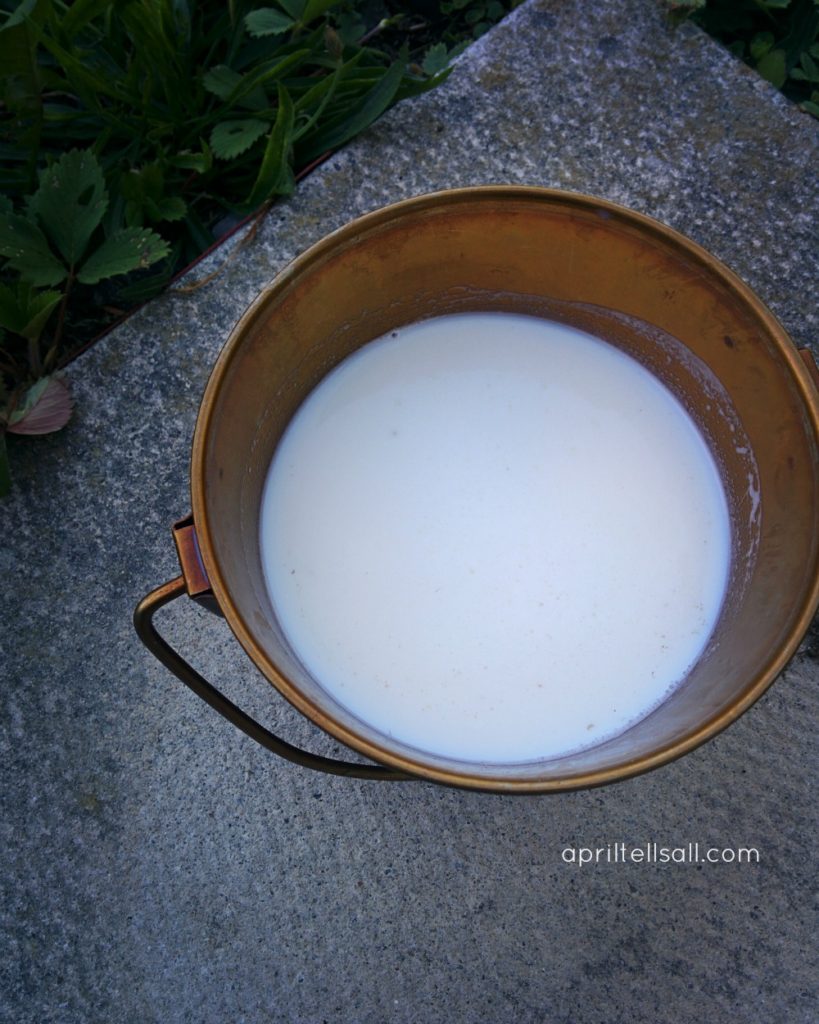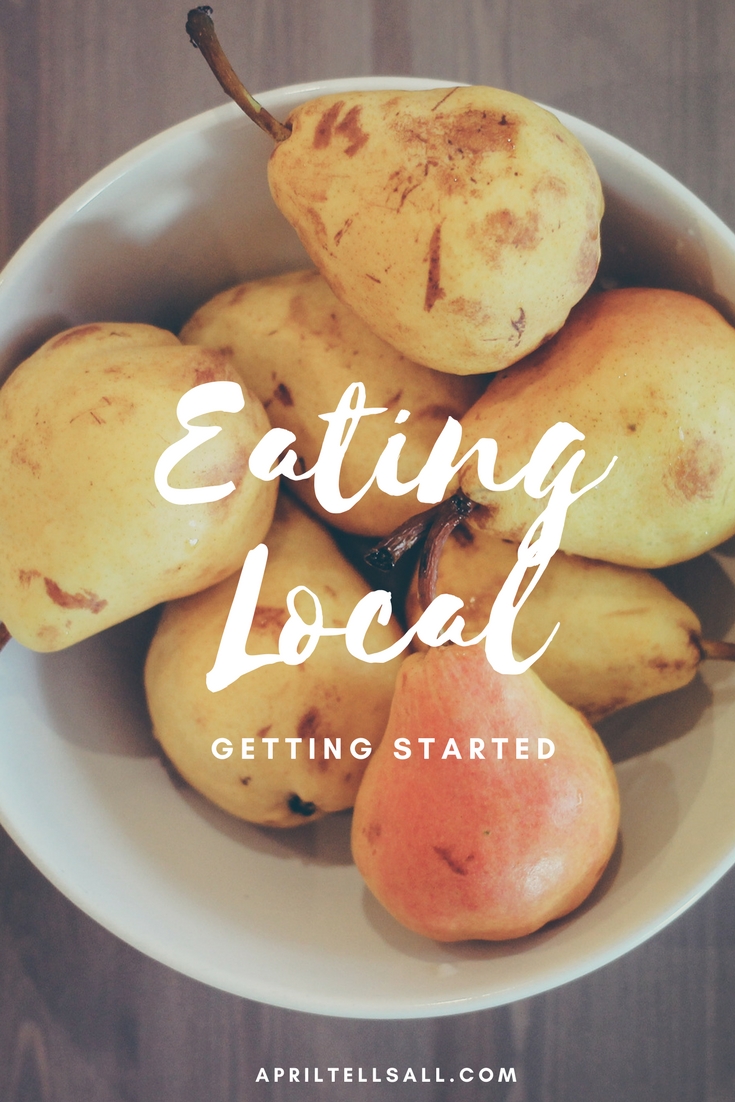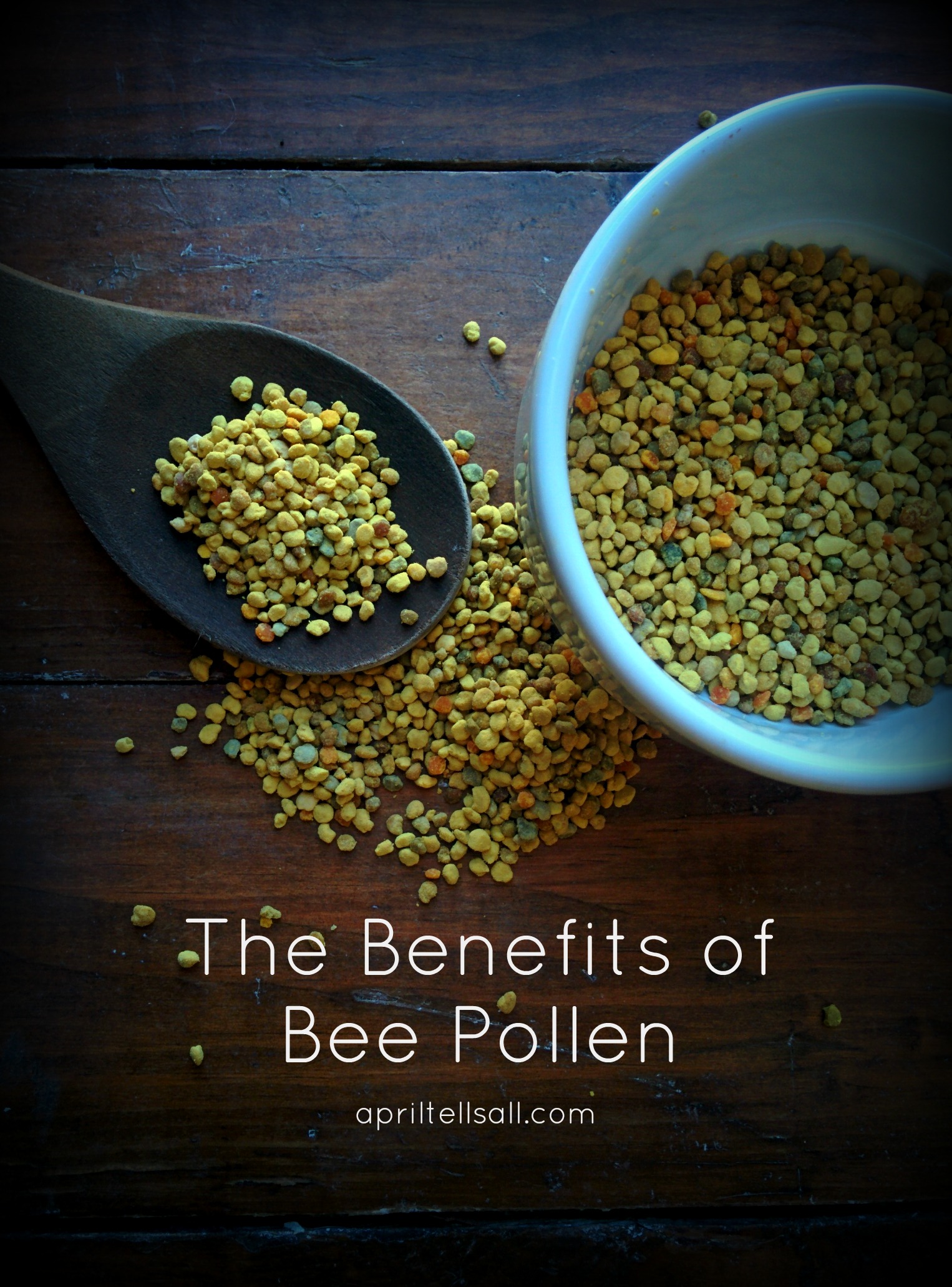Y’all I’m just going to say it. We drink raw milk.
Bless my stars and garters I must clutch my pearls!
I know. I know. I thought you might say that.
Raw milk is illegal in Canada. I literally feel like an outlaw every time I pour myself a big ol’gass of it. Which happens every night. April, criminal at large!
No really. I am allowed to produce it, but cannot sell it without facing some prison time. I talk a big game, but April would not make it in prison. I’d be someone’s girlfriend within an hour. All because of the raw milk. Dang-it.
Despite this terrifying reality, there are some serious reasons why we drink raw milk.
When we started homesteading a dairy animal was high on the list. And I mean high. Honestly I think we started homesteading because we (ahem, ok, I) wanted a dairy animal. Thinking back on it, I don’t really know why I thought it would be a good idea, but it just sounded good to me. And from there came the homestead dream.
We have Nigerian Dwarf dairy goats, and I am currently milking 2 does twice a day. We get a half gallon of the thickest, creamiest milk you ever did see, from them per day.
So, first let’s start with the animal.
Why Goat Milk?
- It’s easier to digest than cow milk. It takes roughly 2-3 hours to digest one glass of cow milk. It takes roughly 20-30 minutes to digest one glass of goat milk.
- Goat milk is lower in lactose than cow milk. Some people who have lactose sensitivities can still drink goats milk without problem.
- Goat milk is actually higher in calcium than cow milk.
- Goat milk helps increase good cholesterol and decrease bad cholesterol.
- Goat milk is high in vitamin A.
- Goat milk is the closest milk to human breast milk.
- Goat milk causes less allergic reactions and inflammation than cows milk which has more than 20 different allergens in it.
Honestly, in the beginning we went with goats because they took up less space. Let’s be real a mini goat is going to take nowhere near the amount of space and feed that a Jersey cow would take (although Jersey cow is still very much on my someday dairy animal wanted list). We also chose Nigerian Dwarfs because of all the goat breeds, they produce some of the creamiest milk there is. Cream is sweet, ergo our milk is sweet. Goat milk is naturally homogenized but even then we get a cream line on our milk, and I have even made butter with it.
When handled properly, and chilled within minutes of it coming out of the udder, goat milk does not have a goaty flavour. When a guest tastes our goat milk, they normally don’t notice a difference between it and the cow milk they’re used to drinking. But on the flip side, we notice a difference when we drink pasteurized cow milk instead of raw goat milk.
So that’s why we drink goat milk, but why not just buy it from the grocery store?
Mainly, because it tastes disgusting. Everyone who has ever tried goats milk and will never ever drink it again, drank milk from the grocery store. Let’s make something very clear here. When my milk starts tasting like that, I use it for baking or feed it to the dogs or the chickens.
My goats:
- Are grass fed.
- Eat no corn or soy.
- Sunbathe and get all the wonderful vitamin D.
- Get natural supplements (such as kelp, black oil sunflower seeds, raw apple cider vinegar, sesame seeds, and brazil nuts).
- Are kept in healthy, clean conditions.
And the milk I get from them is fresh. It takes mere minutes for me to fill up a bucket full of fresh milk and walk back to my kitchen to strain it and chill it. Because I am not buying it as a consumer I also get to choose how I want my milk. From a health stand point the less the milk has been processed, the less likely it is to contain bacteria. Milk recalls still happen, even with all the pasteurizing that goes on. If you are buying milk, whole milk is the way to buy it. Skim milk has undergone the most amount of processing. But my local grocery store prices whole milk higher than skim milk. How can that be? Especially when we are talking goats milk, who’s milk is already homogenized. Whole milk from a goat should have little processing from udder to store compared to skim goats milk. And finally what about raw milk? Raw milk is consumed in many parts of the world, and is legal in some states. Queen Elizabeth only drinks raw milk. But it has been labelled as so unbelievably poisonous that those who dare to drink it are called extremists.
Why Raw Milk?
I knew nothing about raw milk 10 years ago. I remember seeing something on the news once about a man in Ontario who was selling and proclaiming the health benefits of raw milk. (Read the article here) I remember thinking what on earth is raw milk? I didn’t know the process that happens after the cow is milked. I didn’t even know that there was other animal milk you could drink. Milk came from the cow. The end. Sometimes the question of why we ever started drinking cow milk to begin with would cross my mind, but only briefly and I never spent too much time on it.
[wp_ad_camp_1]
Then there was the time when I was raising a baby mouse, which I talk about in this post. That was the gateway to goat milk for me. But again I knew nothing about raw milk.
It wasn’t until I watched a documentry on Netflix several years ago (that has long been taken off, probably because of its content) called Farmageddon. I was starting to have an interest in food, what was in it, why was everyone sick, and why was everyone obese. It was during this time that I was soaking up doctumentries, and articles about sustainable farming, natural eating, and the dangers of processed food. While being mother to a baby mouse had opened my eyes to the benefits of goat milk, it was a sick husband who was wasting away, that ultimately brought me to look closely at what we were eating. The documentary Farmageddon focused on sustainable farms, small farming, and raw milk. I didn’t know it at the time, but those three things would become my passion.
It was this documentary that taught me all about raw milk. But with all of the voices out there saying don’t do it, why would I choose to drink it?
- Raw milk still has all of the enzymes, minerals, and vitamins that pasteurizing destroys. Here is a quote from Sally Fallon’s book Nourishing Traditions. (She says it way better than me!)
“Raw milk contains lactic-acid-producing bacteria that protect against pathogens. Pasteurization destroys these helpful organisms, leaving the finished product devoid of any protective mechanism should undesirable bacteria inadvertently contaminate the supply. Raw milk in time turns pleasantly sour while pasteurized milk, lacking beneficial bacteria, will putrefy.
But that’s not all that pasteurization does to milk. Heat alters milk’s amino acids lysine and tyrosine, making the whole complex of proteins less available; it promotes rancidity of unsaturated fatty acids and destruction of vitamins. Vitamin C loss in pasteurization usually exceeds 50%; loss of other water-soluble vitamins can run as high as 80%; the Wulzen or anti-stiffness factor is totally destroyed. Pasteurization alters milk’s mineral components such as calcium, chlorine, magnesium, phosphorus, potassium, sodium and sulphur as well as many trace minerals, making them less available. There is some evidence that pasteurization alters lactose, making it more readily absorbable. This, and the fact that pasteurized milk puts an unnecessary strain on the pancreas to produce digestive enzymes, may explain why milk consumption in civilized societies has been linked with diabetes.
Last but not least, pasteurization destroys all the enzymes in milk— in fact, the test for successful pasteurization is absence of enzymes.”
2. It is a whole food. I’m not on board with the paleo movement (nor am I against it, just to be clear), and I don’t do fad diets like Whole 30 or whatever. That said, we include whole foods in our diet whenever possible. This means we eat brown rice instead of white, cook with the entire egg – not just the whites. I bake whole wheat bread, and unaltered (besides soaking) grains, legumes, nuts and seeds are a regular part of our diet. We also drink whole milk. The least amount of alteration the better.
3. It tastes fantastic. Seriously. Fresh milk with the cream line on top. There’s nothing like it. Especially when you get to have that first glass so there’s cream globs in it. UNREAL. It’s like heaven. I never was a milk drinker, even as a child. Dentists and doctors alike used to encourage me to drink more milk for all that calcium but I couldn’t really get past the taste. Fresh raw milk tastes almost silky, and there is a sweetness there that I can’t describe. Almost fruity in a sense. No sour after taste that leaves your mouth feeling gross, no sluggish feeling in your belly.
4. It doesn’t go rancid. This is probably my most favourite thing. We all know what sour milk smells like. It’s nasty, and there is nothing more that can be done with it. Pasteurized milk has to be refrigerated at all times. But not so with raw milk. You can leave raw milk out on the counter and it will clabber (separate into curds and whey). It ferments wonderfully giving you all sorts of options – yogurt, kefir, cultured buttermilk, and it can be used to make every kind of cheese (although some types of cheeses are better with cow milk). Ultra pasteurized is no good for cheese making. The only thing I have ever noticed with our milk is after about a week it will start to taste a little goaty. This is usually my signal to use up the milk.
Is there risk?
Yes. As with anything. When was the last time you heard of a recall on frozen fruit? Or spinach? Or hamburger? Food recalls happen all the time from sources that are supposed to be safe. Raw milk is no different. It must come from healthy animals that are grass fed. Milking conditions have to be clean. This means cleaning the udder, and cleaning all equipment thoroughly with the hottest water possible (I run all my stuff through the dishwasher after each use – so multiple buckets and filters are recommended).
Some Stats
From 1993 – 2012 127 outbreaks from contaminated raw milk was reported to the CDC in the USA. This resulted in 1909 illnesses and 144 hospitalizations.
In 1997 there was 2 outbreaks from raw milk. In the same year there was 21 outbreaks from prepackaged salad.
In 2011, 33 people died from eating contaminated cantaloupe.
In the end….
In the end, it’s your own personal choice. Never would I force raw milk on someone if they were uncomfortable about it. When someone comes over and wants to try our milk I always remind them that it is raw. We practice safe milk handling procedures, and drink it ourselves without incident. I’m not sure if I would trust someone else to produce raw milk for me, unless I really knew them and their practices, but I also don’t buy into the amount of information out there about why raw milk is to be treated like the devil.
If you are interested in raw milk and cannot keep a dairy animal of your own, choose your source wisely. I wouldn’t recommend drinking raw milk from a cow in a commercial operation. Grass fed with organic practices is best, as well as a clean environment and a healthy animal.
No matter what your choice, it is always based on health. Cheers to that.
And amen.
Know well the state of your flocks, and put your heart into caring for your herds. Proverbs 27:23
More Reading and Sources:
Top 10 Reasons to Drink Raw Milk – Cheeseslave
Got (Raw) Milk? – The Prairie Homestead
Raw Milk Benefits Skin, Allergies, and Weight Loss – Dr. Axe
Raw Milk Reality: Benefits of Drinking Raw Milk – Chris Kresser
The Benefits of Raw Milk – Dr. Mercola
Should You Drink Raw Milk? – Prevention
The Facts About Real Raw Milk – Weston A. Price Foundation
Questions and Answers About Raw Milk – CDC












